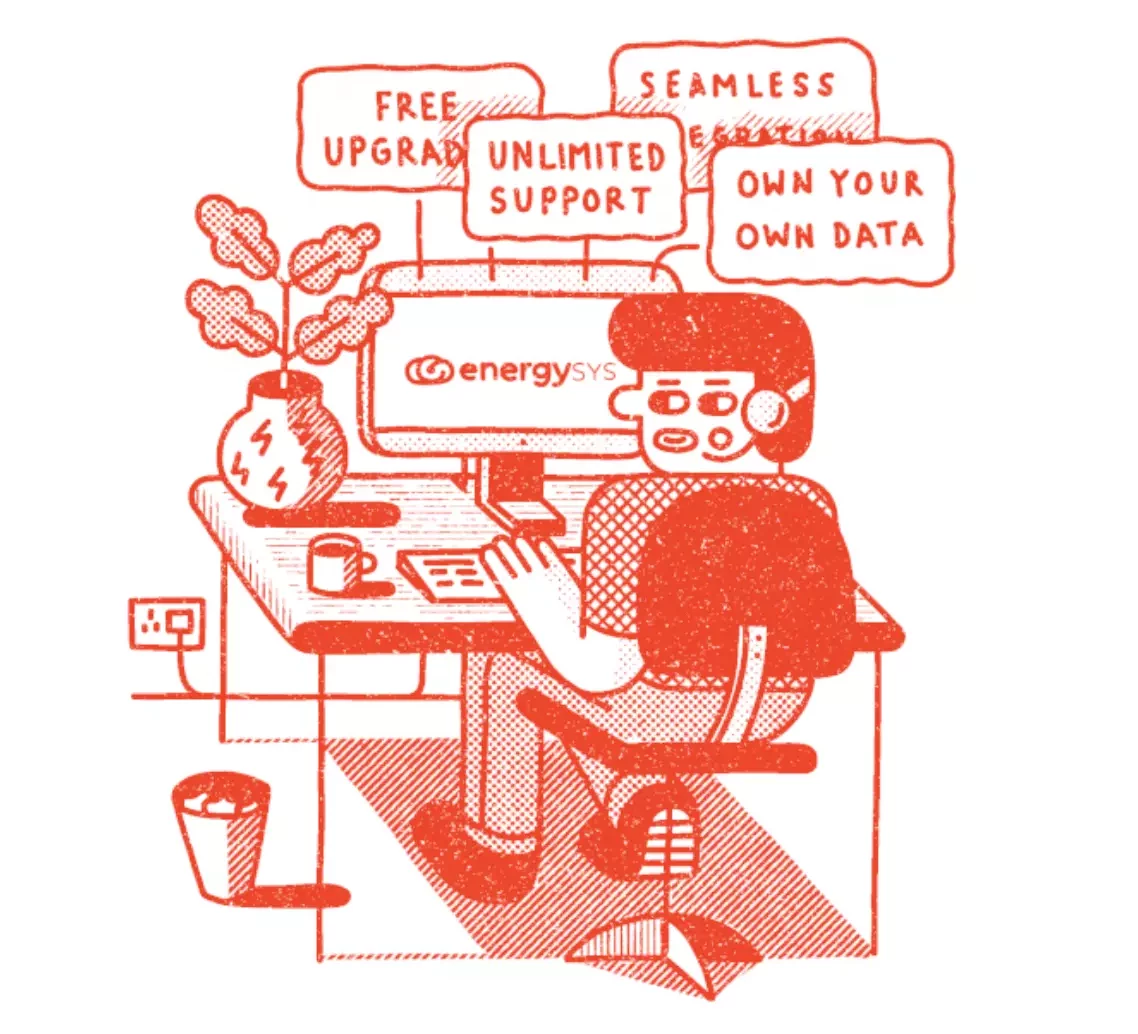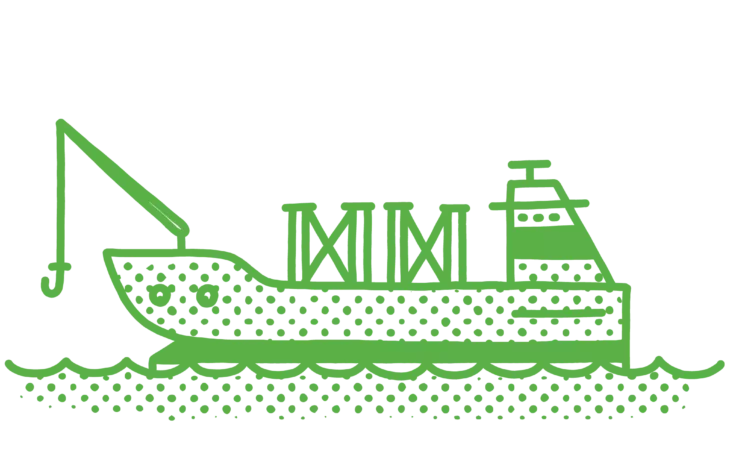The fears oil and gas industry leaders have around production data management software and hydrocarbon accounting software migrations are understandable. Making an informed decision means asking the right questions.
Which product will best suit our particular needs? How much customisation will be needed? What if the project takes too long or costs too much? What if, in the end, our needs are still not met?
By 2027, over half of businesses will use an industry cloud platform to speed up their initiatives, according to Gartner. This is not just about moving old systems to a cloud data center. It is about using the advantages of multi-tenant cloud platforms and still being successful.
To solve the issues related to migrating oil and gas software solutions, you can follow three steps. First, adopt an agile approach. Second, select a low-code solution. Finally, collaborate with industry experts.
Overcoming challenge 1: How to define what you need
Your migration is an opportunity to break free of your legacy system’s constraints, and massively improve your business processes. But, too often, organisations start the whole migration project by developing a complex and highly detailed requirements specification. Inevitably, this reflects what they know, from years of experience with their existing system, rather than what they dream of.
You can try using an agile approach for the implementation project. You can use an agile approach for the implementation project.
Start by considering your goals for one user story. Then, migrate that case and repeat the process. Next, scale your learnings to a second user story and repeat. Low code platforms support this particularly well, since it is easy to re-work, extend, or modify your initial implementation.
Overcoming challenge 2: The lack of visibility into technical processes
Your old system is like a mystery box with limited understanding of how it works, and making changes needs technical help.
Choose a low-code cloud platform, like EnergySys Cloud Platform on AWS. This gives your business team control over the migration schedule and puts them in charge.
Now, non-engineers can confidently migrate use case by use case. Using their own formulae and calculations, users ensure accuracy and make incremental changes on their own, fuelling your agile approach.
Overcoming challenge 3: Building in flexibility to meet tomorrow’s needs
Previously, oil and gas production software required costly and complex modifications for mergers, report creation, or calculation updates.
However, now that your business users are steering your platform, you can navigate as business conditions dictate.
EnergySys allows users to modify workflows without coding, supporting new assets, changing regulations, and exploring new business opportunities.
Furthermore, your team can adapt to dynamic oil and gas market conditions through powerful third-party software integrations.
Overcoming challenge 4: The data migration headache
The fear of being caught in the spiderweb of historical data has derailed many projects before they even began. Data migration is harder when the source system’s data structure is unknown or the data is hard to access.
But selecting a target cloud platform that offers data integration tools will ease the pain.
You can address your concerns by partnering with an expert. They have vast experience in mapping data from legacy systems like yours to cloud platforms. Not only does this streamline the process, it also provides you with the confidence that your data is in safe hands.
Overcoming challenge 5: Finding the resources for a migration project
A low-code platform puts you in control of your migration’s pacing and timeline. However, it still may be a commitment you’re not ready to shoulder alone.
While many of EnergySys’ customers manage their migrations independently, those looking to migrate as quickly as possible work with partners.
Partners are uniquely positioned to provide valuable insights into migration projects – from pitfalls to avoid to best practices to adopt.
Partners can provide template applications crucial to efficiently running operations. These applications include: production accounting, cargo dispatching, pipeline transportation, partner-operated assets and other aspects of the business.
Plus, they can help you make intelligent process improvements for innovation today, and better prepare you for future challenges.
How to start your successful migration
As you follow these planning and execution steps, you’ll start unlocking the benefits of your new cloud platform.
Discover better control, flexibility, new capabilities and lowered total cost of ownership. Learning more about a production management cloud solution like EnergySys is a great way to start tapping into these benefits.
Read how other oil and gas companies have successfully migrated to the EnergySys Cloud Platform.
See some of our other posts
EnergySys and TechxSA form powerhouse partnership
Based in India, Quadface are well known within APAC for their application management and professional services. They offer an array of consulting services to their customers, including implementation, end user support, business consulting, quality assurance and business analytics.
Optimising LNG Vessel Scheduling with Monte Carlo Simulation
By incorporating demand variation, voyage durations, and port delays, the model captures some of the complexities of the LNG supply chain. This leads to improved scheduling accuracy, enhanced resource utilisation, effective risk management, and high customer satisfaction.
Methods for Cargo Berth Scheduling
With its intuitive interface, robust features, and seamless integration capabilities, EnergySys emerges as a trusted partner for port operators seeking to optimise cargo handling processes and drive business success.



